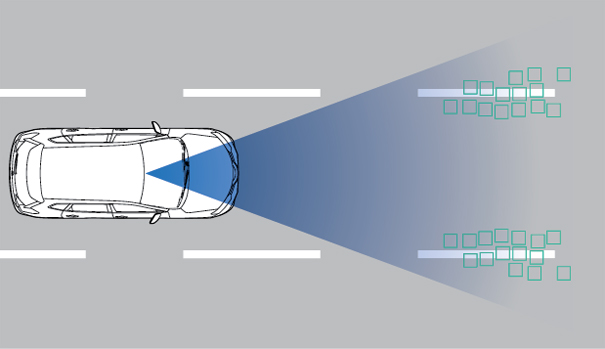Do Lane Departure Warning Systems Really Work?

Lane departure warning systems are becoming increasingly common in modern cars. These systems use cameras and sensors to monitor the position of the vehicle relative to the lane markings on the road, and alert the driver if the vehicle starts to drift out of its lane. But do these systems really work? Let’s take a closer look.
How Lane Departure Warning Systems Work
Lane departure warning systems use a variety of sensors and cameras to monitor the position of the vehicle on the road. These sensors can detect the position of the vehicle relative to the lane markings, and can determine if the vehicle is drifting out of its lane. If the system detects that the vehicle is drifting out of its lane, it will alert the driver with a visual or audible warning.
The Effectiveness of Lane Departure Warning Systems
Studies have shown that lane departure warning systems can be effective at reducing the number of accidents caused by lane departures. A study by the Insurance Institute for Highway Safety (IIHS) found that lane departure warning systems can reduce the number of single-vehicle, sideswipe, and head-on crashes by up to 11 percent.
However, the effectiveness of lane departure warning systems can be influenced by a variety of factors. For example, the effectiveness of the system can depend on how well the vehicle is maintained, the condition of the road, and the skill of the driver. Additionally, some drivers may become complacent or overly reliant on the warning system, which can lead to a false sense of security.
Conclusion
In conclusion, lane departure warning systems can be effective at reducing the number of accidents caused by lane departures. However, the effectiveness of the system can be influenced by a variety of factors, and drivers should not rely solely on the warning system to prevent accidents. It is important for drivers to stay alert and aware of their surroundings, and to follow safe driving practices at all times.






